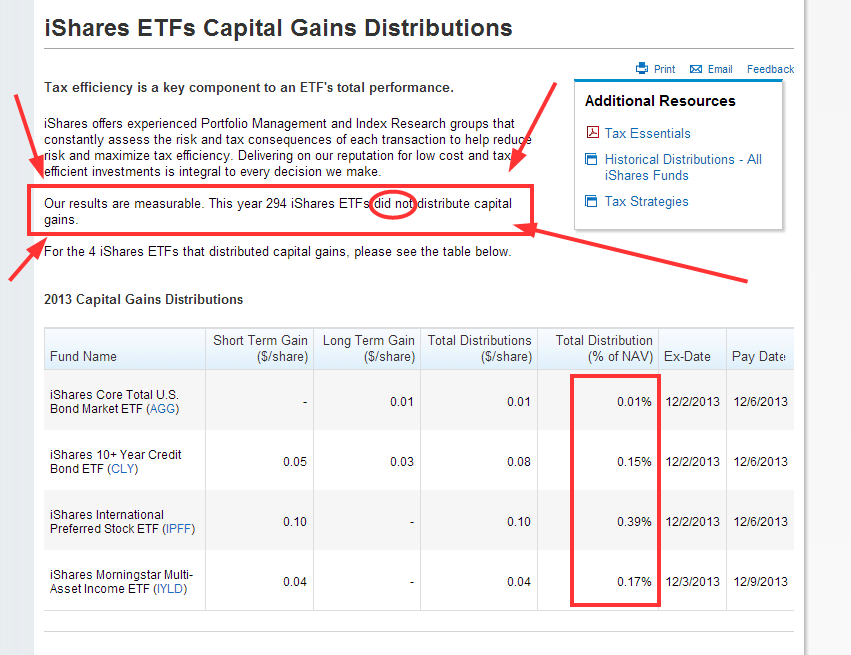Mutual Fund Style Drift
Post on: 14 Июль, 2015 No Comment

Obviously (and typically) value won, beating growth and the TSM by a healthy margin.
However, when Vanguard founder John Bogle studied growth and value funds during the same period, he got different numbers and saw no value advantage at all: For the full 60-year period [1937-1997], the compound total returns were: growth, 11.7 percent; value, 11.5 percent — a tiny difference. I’d call that match a standoff. (From Common Sense on Mutual Funds chapter 10; also available online .)
Why the discrepancy? It’s because Bogle wasn’t looking at indexes or index funds, but at actively managed growth funds (mutual funds with stated growth objectives and a record of above-average volatility) and value funds (seeking both growth and income, and demonstrating average to below-average volatility).
From his results Bogle concluded that growth and value styles had done about equally well during this period; but the Fama and French numbers contradict that, so we’ll respectfully disagree with his conclusion. (Very respectfully: Saint Jack is one of the best friends investors have ever had.) The problem isn’t with value, it’s with the style drift of active value managers who abandon value and chase growth at all the wrong times.
Bogle elsewhere calls this problem mongrelization, which is more colorful than style drift; But whatever you call it, just by comparing the Fama and French numbers with Bogle’s findings you can see that it’s a real problem, and that it cost people who were trying to be value investors real money.
So if you want to beat the market, you need to make sure your fund manager isn’t trying to: you have to be an index investor.
Another Dimension of Drift
When a portfolio’s assets grow (both from the growth of its investments and from attracting new investors) it’s forced to drift toward large cap stocks; that’s because the manager won’t be able to find enough small caps to make much of a difference. Warren Buffett lamented this effect in the growth of Berkshire Hathaway: The giant disadvantage we face is size: In the early years, we needed only good ideas, but now we need good big ideas. Unfortunately, the difficulty of finding these grows in direct proportion to our financial success, a problem that increasingly erodes our strengths.
If you’re an index investor, you don’t have to experience this kind of drift. You may need to rebalance periodically, but you can always maintain whatever size tilt you think is desirable.
And Yet Another Dimension of Drift

In the mid 1990s a very well-respected mutual fund stumbled badly after its manager predicted a bear market and accordingly moved significant assets from stocks to government bonds. This is another example of drift, this time from more to less stock exposure.
The prediction turned out to be wrong: stocks did very well, bonds did poorly, and investors were furious at missing out on the great returns. But even if the prediction had turned out right, the decision to drift still doesn’t seem right: trading in and out of the market isn’t generally considered a successful strategy (to say the least. In fact, the way things turned out seems typical: you miss opportunities, but still don’t protect yourself from losses.)
The Indexer’s Philosophy
The three dimensions of drift given above — value vs. growth, small caps vs. large caps, and stocks vs. cash — happen to correspond to the three factors of the Fama and French model. Portfolios that drift are almost scientifically guaranteed to do poorly.
As an index investor you won’t have to worry about style drift, but you may have to force yourself to undergo a kind of philosophical drift beforehand. You’ll have to forget about finding a manager who can beat the market for you, using mysterious techniques you don’t understand. Instead, you get total control and responsibility, and your job becomes logical: first you determine your own risk tolerance, then you choose an asset allocation to fit, and finally you leave the stock portion of your portfolio invested for the long haul so that the market can work its uneven and unpredictable magic.














